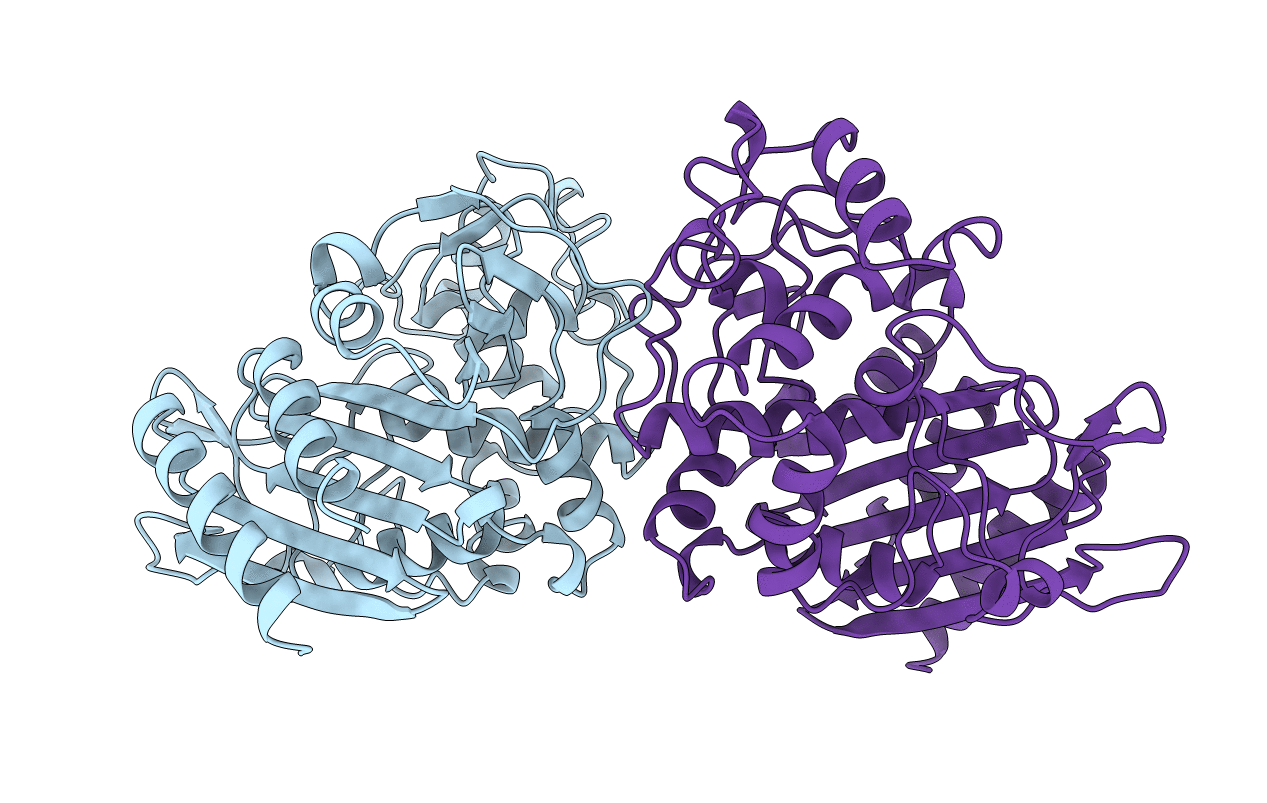
Deposition Date
1998-06-03
Release Date
1998-08-12
Last Version Date
2024-05-22
Method Details:
Experimental Method:
Resolution:
2.00 Å
R-Value Work:
0.21
R-Value Observed:
0.21
Space Group:
C 1 2 1


